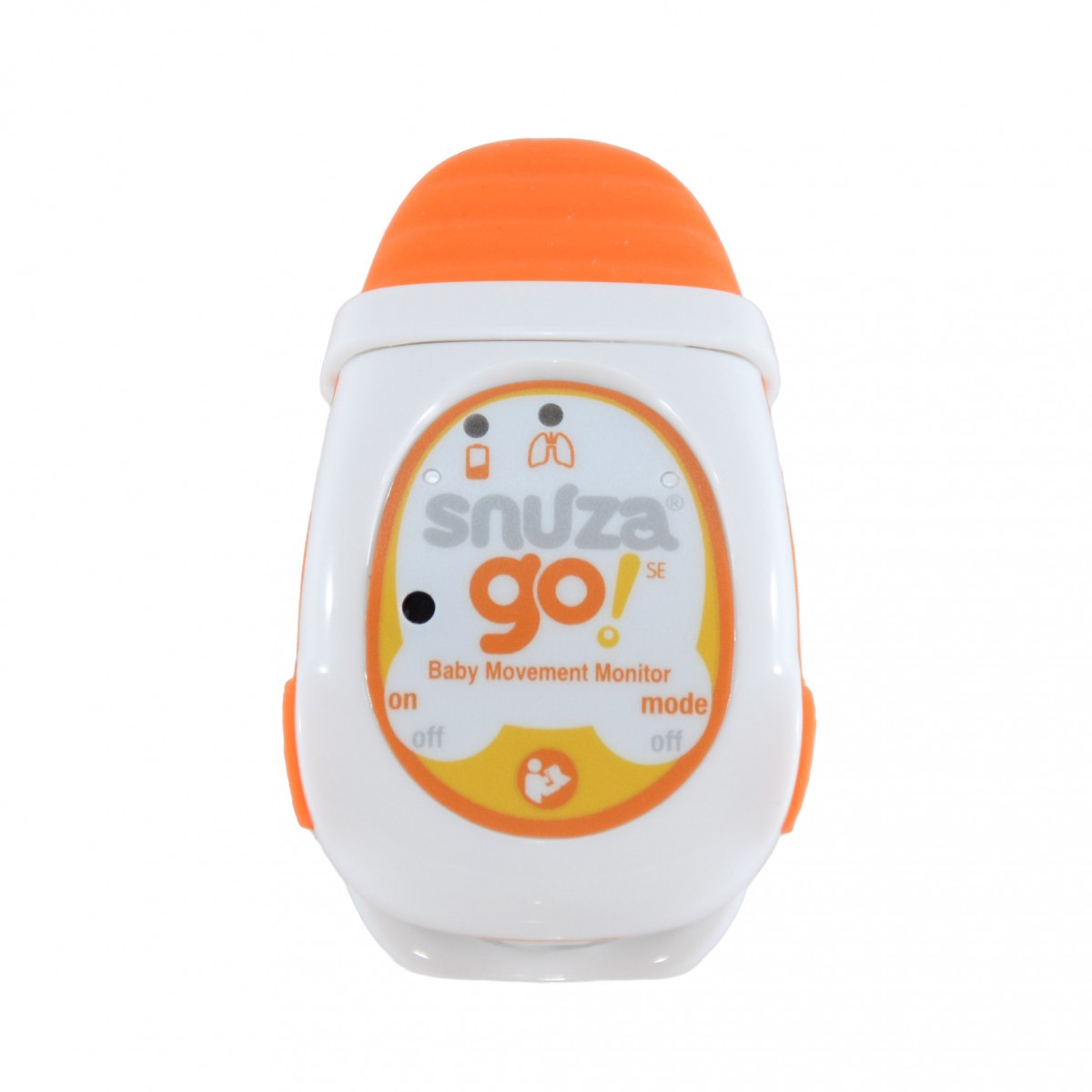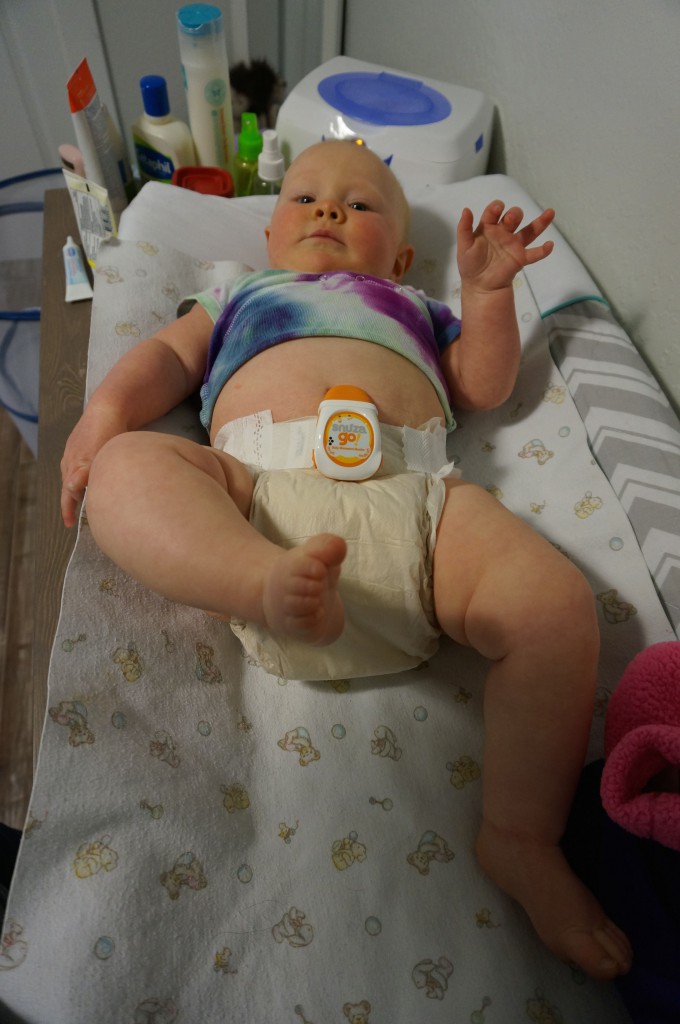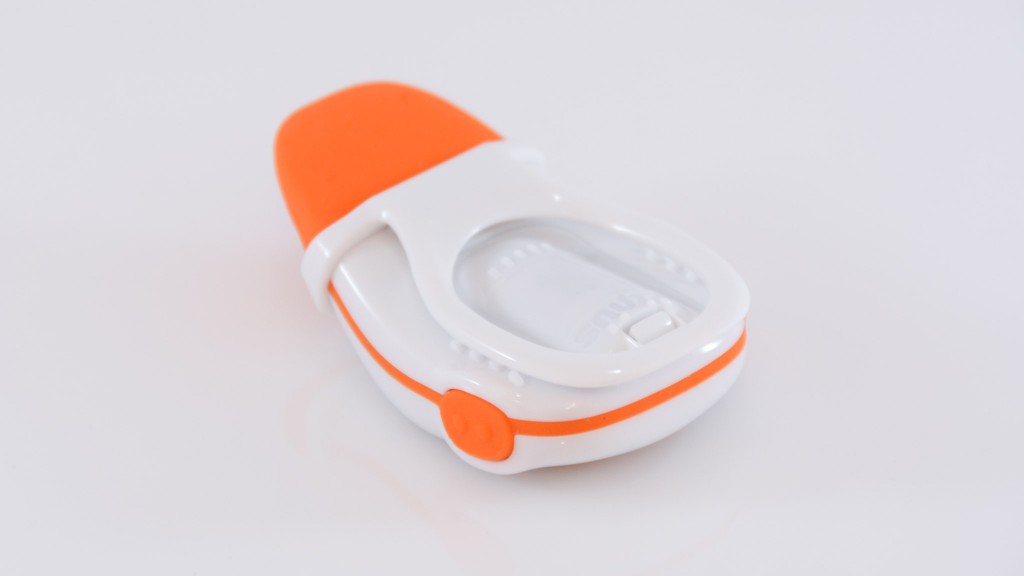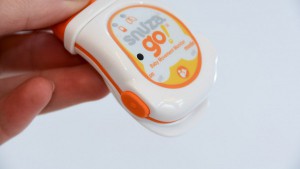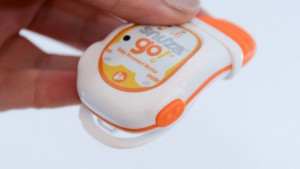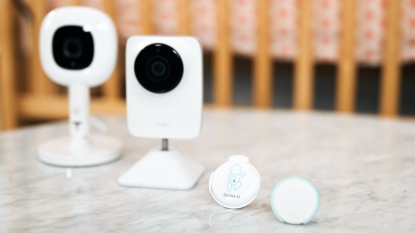Editor's Note: The Go review now includes more details about our recommended monitors. The update was completed on March 25, 2022.
Snuza Go Review
Our Verdict
Editor's Note: The Go review now includes more details about our recommended monitors. The update was completed on March 25, 2022.
Our Analysis and Test Results
The Snuza Go and the Snuza Hero are small, portable movement detecting monitors, manufactured by Biosentronics cc., out of South Africa. Snuza has been designing and producing baby movement monitors since 2007. Using bio-sensory technology, they alert parents when the baby's movement has stopped indicating breathing may have also stopped. Snuza was the first baby technology company to launch a successful portable baby movement monitor, and they are currently the largest-selling portable baby movement monitor in the world.
Performance Comparison
Reliability
The Go has impressive analysis results for reliability and did better than the mattress sensor pad monitors and the other wearables. As long as the monitor remains in place on the baby's stomach and the batteries are good, fewer false alarms are reported with this monitor than the competition. We had very few false alarms when used on infants unable to roll over, generally less than six months of age. Once an infant can roll, false alarms will become more frequent, and the use of the monitor should probably end. Attaching the unit directly to the diaper under a one-piece sleeper reduced the incidence of false alarms.
This monitor can be programmed to alert at different time intervals without movement. We like this feature because it allows users to set their own threshold for a time period with no movement. An optional audio tick feature will sound with each movement, letting you know that the monitor is working and the infant is moving. Some users may like this feature, but the noise might be disturbing and upsetting to the infant trying to sleep.
Ease Of Use
The design of the Go is simple, and it is ready to use straight out of the box. It does not require any crib modifications or set up like an under the mattress monitor. This wearable has two buttons, including the “on/off” and “function” selections. It has indicator alert lights for status or low battery. The Go requires the user to attach the monitor to the diaper or clothing every time the infant goes down for a nap. This means removing clothing to get to the diaper. The company states that a thin layer of clothing may be between the sensor and the abdomen, but we found that anything between the sensor and the skin increased the incidence of false alarms. The best way to use the Go is to attach it to the diaper and turn it on before the infant falls asleep. If you wait until your child is asleep, you run the risk of awakening them while clipping the monitor to the diaper. If there is clothing over the unit, you cannot access the on/off button, see the indicator lights, and the alarm will be harder to hear.
Portability
This monitor is very pack-able and travel-friendly, making it one of the most portable products we considered. The Go comes with a hard plastic case to carry in your pocket or diaper bag, and it only takes up about as much space as a pacifier. Unlike the sensor pad units we tested, you can use it in any stationary napping location (it will not work in a moving car seat or stroller). This is an excellent option for parents who travel extensively or whose children sleep in multiple different places.
Electromagnetic Field (EMF)
In our tests, the Go didn't emit any EMF (Volts/meter), with readings identical to the ambient EMF. Similar clip-style wearables have the same EMF readings. In our opinion, this makes the Go preferable to the other wearable competition with higher emissions.
Should You Buy the Snuza Go?
This is one of the highest-scoring options in the review and a favorite of testers. It is a top performer most parents will love, with a straightforward design and higher reliability. We think you should consider pairing it with a video or sound option from our best baby monitor review to ensure you can hear the alarm should it sound.
What Other Movement Monitor Should You Consider?
If you like the idea of the Go but wish it would alert little ones in a more subtle way (besides a loud in-nursery alarm), then the Snuza Hero is the one for you. With a similar design and portability, the Hero has a unique vibration feature that helps rouse deep-sleeping little ones before it sounds the movement alert.


